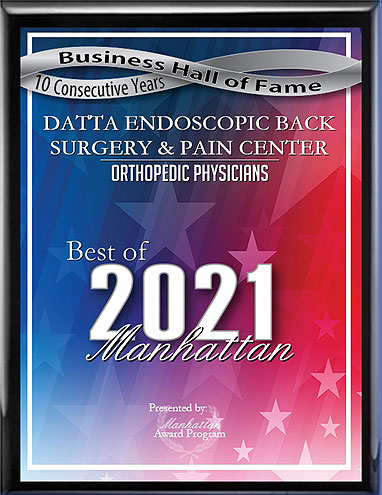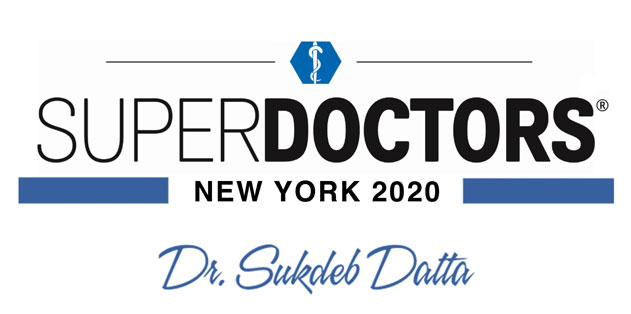While infection of the surgical incision is one of the most common side effects of surgery, not all surgical procedures are equal in terms of risk of infection. Minimally invasive procedures such as laser back surgery transform infection from a common occurrence to a rare anomaly.
Types of Infections
Most surgical site infections (SSIs) are caused by bacteria which occur commonly in the environment and are normally innocuous; for example, S. aureus, the bacteria which causes staph infections, is common in the environment but usually only causes disease in people with open wounds, or people who have compromised immune systems. In fact, the most common cause of SSI is bacteria which already live, with no ill effect, on the patient's skin. Because normally harmless bacteria can cause infection in a surgical wound, it is important to follow guidelines to prevent infection.
Although many different strains of bacteria can cause infection, infections which are acquired in hospitals tend to be more serious because of the prevalence of antibiotic resistant bacteria in hospitals.
Surgical site infections are classified under three different categories, ranging from least to most severe:
- Superficial incisional involves only the skin and subcutaneous tissue
- Deep incisional affects the soft tissue underneath the skin
- Organ/space affects the actual organs of the body; in back surgery, this would mean blood or spinal cord infection
Superficial incisional infections are by far the most common. Usually, deep incisional or organ/space infection develops after a superficial incisional infection spreads. Superficial incisional wounds are not serious and can be treated effectively with ease. In contrast, after an infection spreads, it becomes much more serious and treatment is accordingly more lengthy and invasive. For this reason, early detection and good wound care are key.
Reducing Risk
The number one way to reduce your risk of infection is to choose, if possible, a surgery with a lower risk of infection. If you are considering laser back surgery, you have already taken this step: laser back surgery has a far lower risk of infection than traditional back surgery.
While 1 in 20 patients who receive traditional back surgery develop an SSI, only about 0.07% of patients who undergo laser back surgery develop an infection. This discrepancy occurs because:
- Laser back surgery only requires incisions about the size of a needle, rather than a large open wound
- Laser back surgery allows the patient to heal more quickly, putting less strain on the body and therefore the immune system
- Laser surgery does not require a hospital stay, which greatly reduces the patient's exposure to pathogens
These facts make laser back surgery and other minimally invasive procedures the clear choice for people who are concerned about infection.
Some pre-existing conditions put patients at a higher risk for infection; for these patients, it is important to consider minimally invasive procedures. People with diabetes have a higher risk of infection, as do people who have a pre-existing infection on another part of the body, and those who have had skin infections in the past.
In addition to choosing a minimally invasive procedure such as laser surgery, you can reduce your risk with simple lifestyle changes. First and foremost, it is important to follow your physician's instructions regarding wound care and antibiotic use. Secondly, you can reduce your risk of infection by incorporating general health promoting habits into your life: getting enough sleep, not smoking, and maintaining a healthy weight all reduce the risk of infection.
While there is a very small (0.07%) chance of infection following laser back surgery, modern procedures have made the risk so small as to be negligible. This risk can be even further mitigated by practicing good self-care before and after surgery.
To talk to an expert about whether laser back surgery is right for you, please call the Datta Endoscopic Back Surgery and Pain Center at 212-430-0312.






 EDISCSCULPT
EDISCSCULPT



